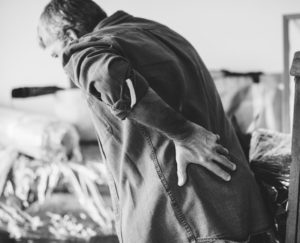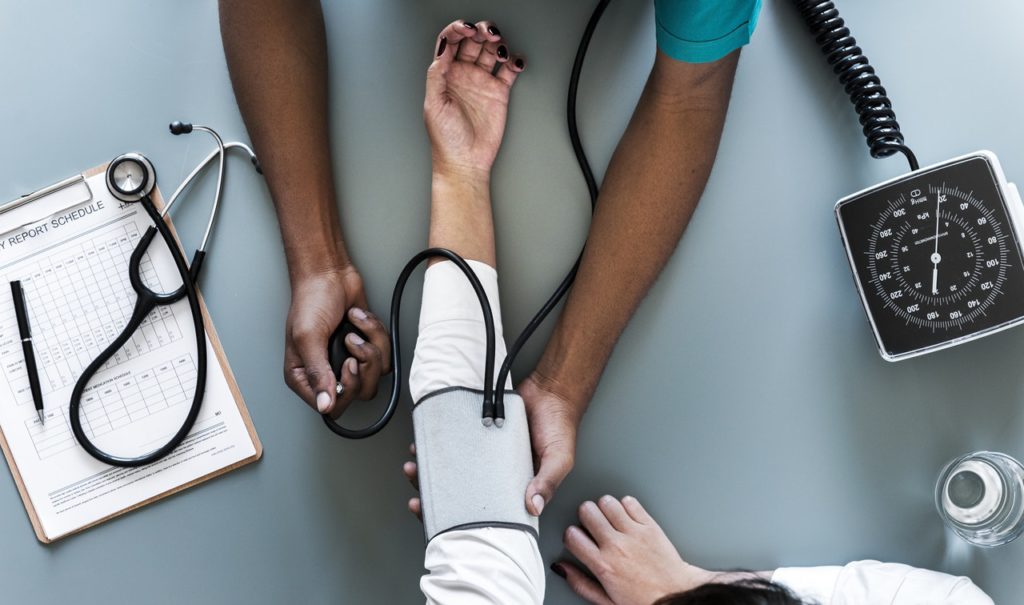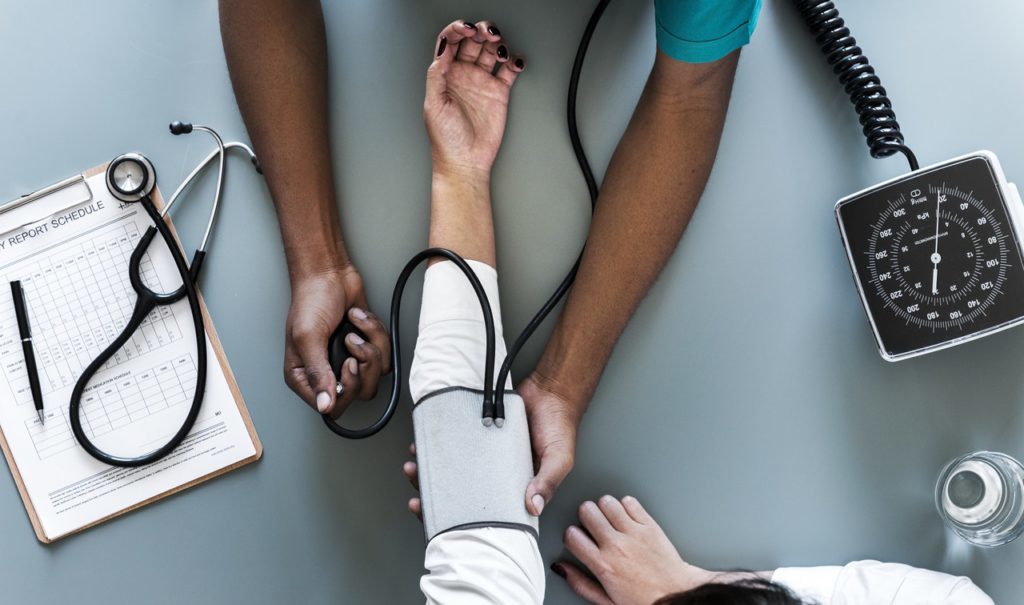Repetitive Strain Injuries: What You Need to Know
When we think about workplace injuries, we often think about slip-and-fall accidents, injuries resulting from falling objects or the various back and neck strains that come with the territory within many workplaces. However, some work-related accidents are often far less dramatic.
A number of injuries occur over time, through constant repetition of daily tasks, which negatively impact the body causing strain to sensitive joints and muscle groups. These repetitive strain injuries, or RSI, can have a long-lasting effect on our health and daily life.
Injuries Resulting From Repetitive Motion
A Repetitive Strain Injury, whether it is temporary or permanent, will need rest or a change in daily habit that provides time to heal. It is crucial to see a medical professional right away to prevent any further damage to the muscles, ligaments, nerves or tendons through continuous, repetitive motion.
Most Common Repetitive Strain Injuries
 Repetitive Strain Injuries (RSI) can result from a buildup of damage to muscles, tendons, and nerves from repetitive motion or strain on specific parts of the body. Repetitive Strain Injuries are quite common and may be caused by a variety of common work activities, including:
Repetitive Strain Injuries (RSI) can result from a buildup of damage to muscles, tendons, and nerves from repetitive motion or strain on specific parts of the body. Repetitive Strain Injuries are quite common and may be caused by a variety of common work activities, including:
- Using a computer mouse or trackpad
- Excessive typing (data entry)
- Swiping items at a supermarket checkout/cash register use
- Grasping and manipulating tools
- Working in an assembly line environment
- Training for sports or other athletic activities
Some commonly diagnosed Repetitive Strain Injuries are:
- Tendonitis (inflammation of the tendon)
- Pertendonitis (inflammation of the sheath of a tendon)
- Trigger finger (difficulty bending or straightening any of the fingers which is caused by inflammation and thickening of the tendon)
- Tenosynovitis (inflammation of the fluid-filled sheath that surrounds a tendon causing joint pain and stiffness)
- Carpal Tunnel Syndrome (numbness, tingling and pain in the hand or arm resulting from compression of the median nerve which is squeezed as it travels through the wrist
- Epicondylitis (inflammation of tendons surrounding an epicondyle)
- Bursitis (inflammation of the bursa sac which is common around the elbow, hips, knees and shoulder)

What Are the Symptoms?
There are many possible causes of repetitive strain injuries and a wide range of symptoms that result. Tenderness or pain the affected muscle or joints are common, a throbbing or pulsating sensation in the affected area and or tingling in the hands or arms. Any other symptoms will depend on which part of the body is affected.
It’s important that you visit a medical professional for a proper diagnosis as soon as you experience symptoms to prevent any further damage over time.
Repetitive Strain Injury Prevention
The primary ways in which you can reduce the risk is to stop or limit the intensity of the activity. If the activity cannot be stopped, tips for reducing the risk may include:
Taking breaks: Taking regular breaks from any repetitive task may help reduce the strain on your body.
Stand up: Standing up, stretching and frequently moving your limbs may reduce the risk. Stretch your back, arms, fingers and legs regularly.
Vision break: Rest your eye muscles by looking up and staring for a moment at objects in the distance or simply looking around the room. The key is to give your eyes a regular break from screen time.
 Overall health: Eat healthy and get regular exercise to keep your body as resilient as possible, and try to avoid smoking, as this reduces blood flow and oxygen in the body.
Overall health: Eat healthy and get regular exercise to keep your body as resilient as possible, and try to avoid smoking, as this reduces blood flow and oxygen in the body.
Posture: Try to keep yourself from slouching. Ensure your desk, chair and computer screen are aligned as much as you can in an ergonomic setting.
Wrists: Avoid bending or overextending your wrists, and keep the arms, wrists and fingers aligned when typing as much as possible.
Typing: Try to touch type as much as possible and avoid hitting your keys too hard.
Keyboard Shortcuts: Try to use keyboard shortcuts whenever possible, as this can reduce the amount of typing needed.
Mouse or Track-pad: Do not grip too tight or press too hard, and try to slow your speed in order to reduce muscle tension in your hand and wrist.
Temperature: Keep an eye on the temperature of your work area and regulate where necessary.
Phone Use: If you need to use a phone while working, try wearing a headset as this will keep you from needed to grip the phone for long periods or needing to clamp the phone between your head and shoulder.
You can trust Tim Louis & Company to ensure the best possible outcome for your personal injury case
These common RSI injuries can have a lasting impact on one’s health and quality of life. If you or a loved one has experienced a serious injury while on the job, contact Tim Louis and his compassionate and experienced legal team today by calling 604-732-7678 or email timlouis@timlouislaw.com.
Sources:
https://www.enjuris.com/workplace-injury/repetitive-strain-injuries-work.html
https://my.clevelandclinic.org/health/diseases/17424-repetitive-stress-injury
https://www.mayoclinic.org/healthy-lifestyle/fitness/in-depth/overuse-injury/art-20045875






 You may be tempted to wear your casual wear before jumping on your motorcycle, but think about the
You may be tempted to wear your casual wear before jumping on your motorcycle, but think about the 






 Regardless of any physical injuries that result from a traumatic auto collision,
Regardless of any physical injuries that result from a traumatic auto collision, 


